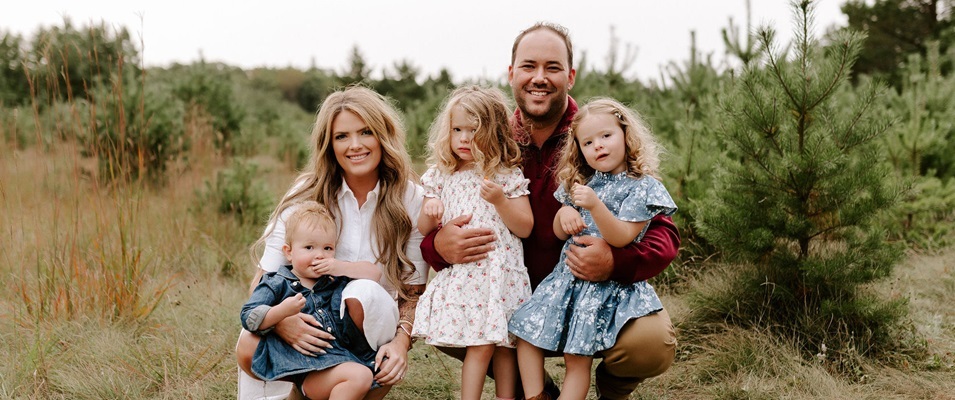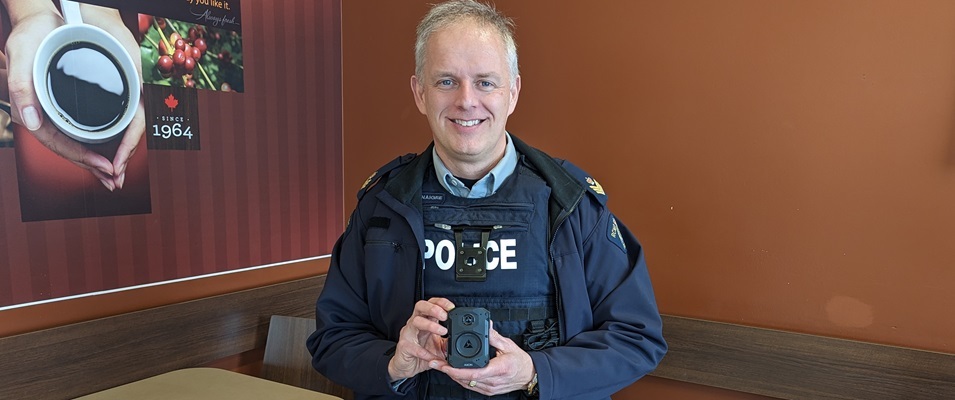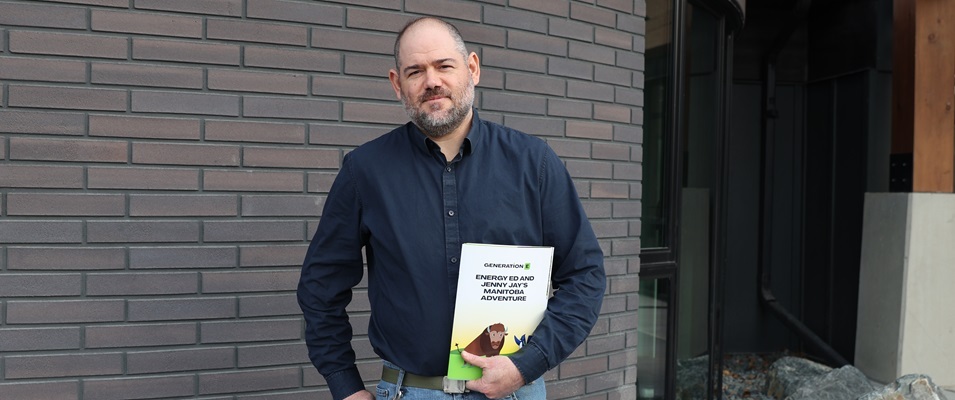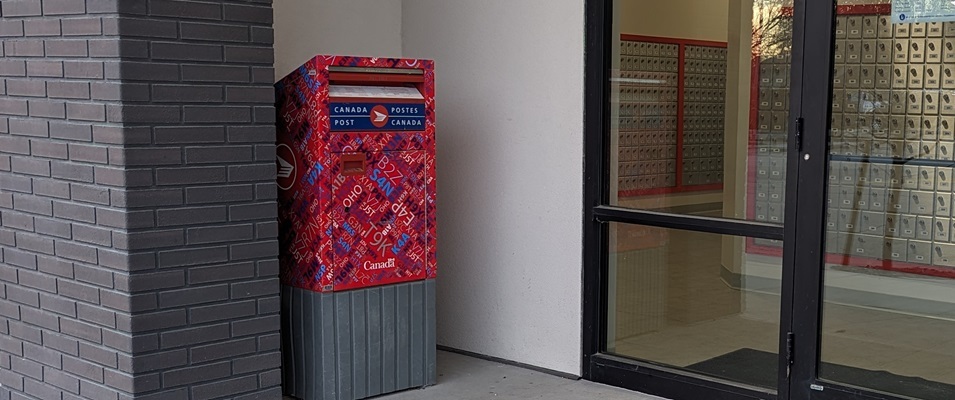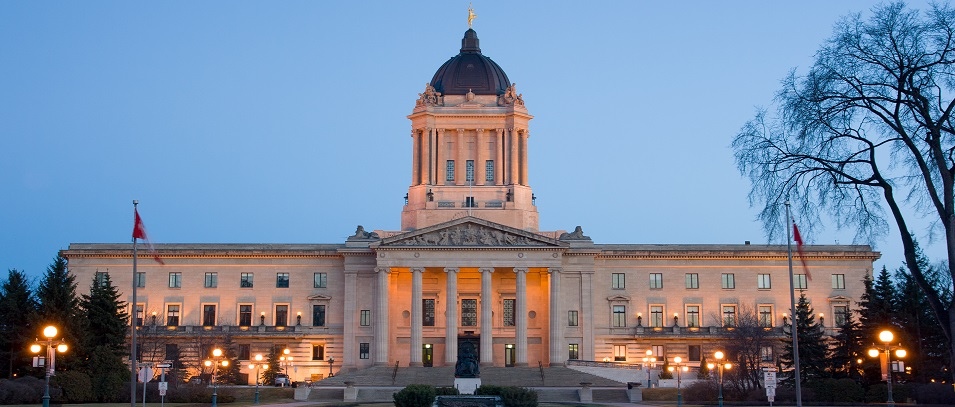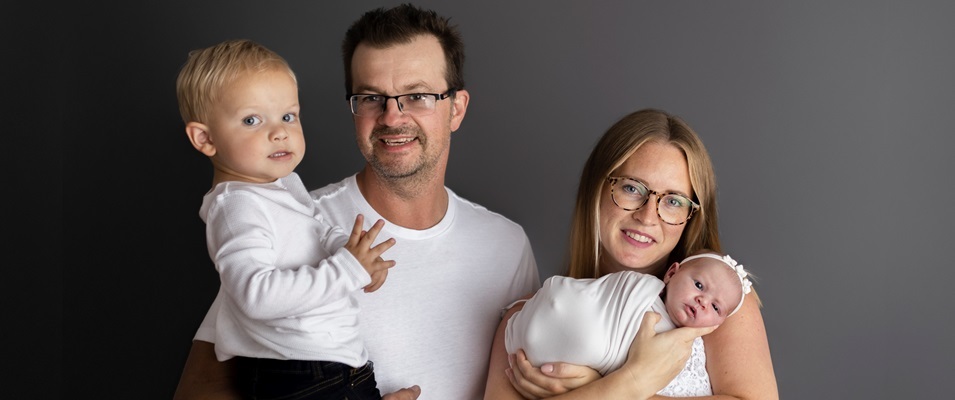
Couples struggling to get pregnant will be glad to know that the provincial government is increasing fertility supports this year.
According to Budget 2024, released on April 2, the maximum annual credit available under the Fertility Treatment Tax Credit will double, now reaching up to $16,000.
“For families on a path to parenthood, cost can be a big barrier,” says Premier Wab Kinew. “Our budget makes fertility treatments and surrogacy more accessible and affordable, because starting a family shouldn’t be dictated by how much money you make. This investment is just one way Budget 2024 lowers costs for people.”
The province will also be extending funding to other expenses related to fertility, including money paid to surrogates and donors for medical expenses they have incurred, payments to fertility clinics or donor banks, and costs related to prescription drugs.
“This tax credit has helped thousands of people start or grow their families,” says Health Minister Uzoma Asagwara. “Doubling it will only grow its impact and help move us forward in our mission to make sure that healthcare here in Manitoba is accessible to all.”
According to Dr. Gordon McTavish, medical director of the Heartland Fertility Clinic in Winnipeg, this new funding promise will make Manitoba one of the most affordable provinces in which to receive assisted reproductive treatment.
Raesha Enns is a Niverville mom who feels gratitude for government-subsidized fertility treatments every time she gazes at her two healthy children, aged three and one.
After years of trying to get pregnant, Enns and her husband finally resorted to outside help. Treatment began with three rounds of intra-uterine insemination (IUI). Unfortunately, none of them worked.
Eventually, in vitro fertilization treatment did work for them and the couple was blessed with six tiny embryos.
“Half of our embryos were made using a technique called ICSI, intracytoplasmic sperm injection,” Enns says. “They literally take one sperm inside a needle and inject it into the egg. It’s amazing they can make a needle that tiny.”
At an additional cost, the couple decided to have each embryo genetically tested to separate out the ones that were most likely to provide the greatest success rate after transfer into the uterus.
For Enns and her husband, it was worth the expense. Two of the embryos produced two successful pregnancies, two years apart.
“It really is amazing,” Enns reminisces. “I learned so much going through it all. It’s incredible what they can do.”
Not too far away, though, the memories still linger of the heartbreak they experienced with failure after failure, and the trauma of thinking they’d never have a family of their own.
The total costs of their fertility treatments, in the end, came to around $30,000. With an $8,000 government subsidy and other medical tax breaks, their costs were almost cut in half.
“If you can get $16,000 back plus claim medical expenses for meds, it could make it much more affordable for families,” Enns says. “It’s a hard pill to swallow when you have to pay tons of cash out of pocket to have a family. I’m sure there’s many couples that can’t afford fertility treatments, and this new funding could change that for them.”





